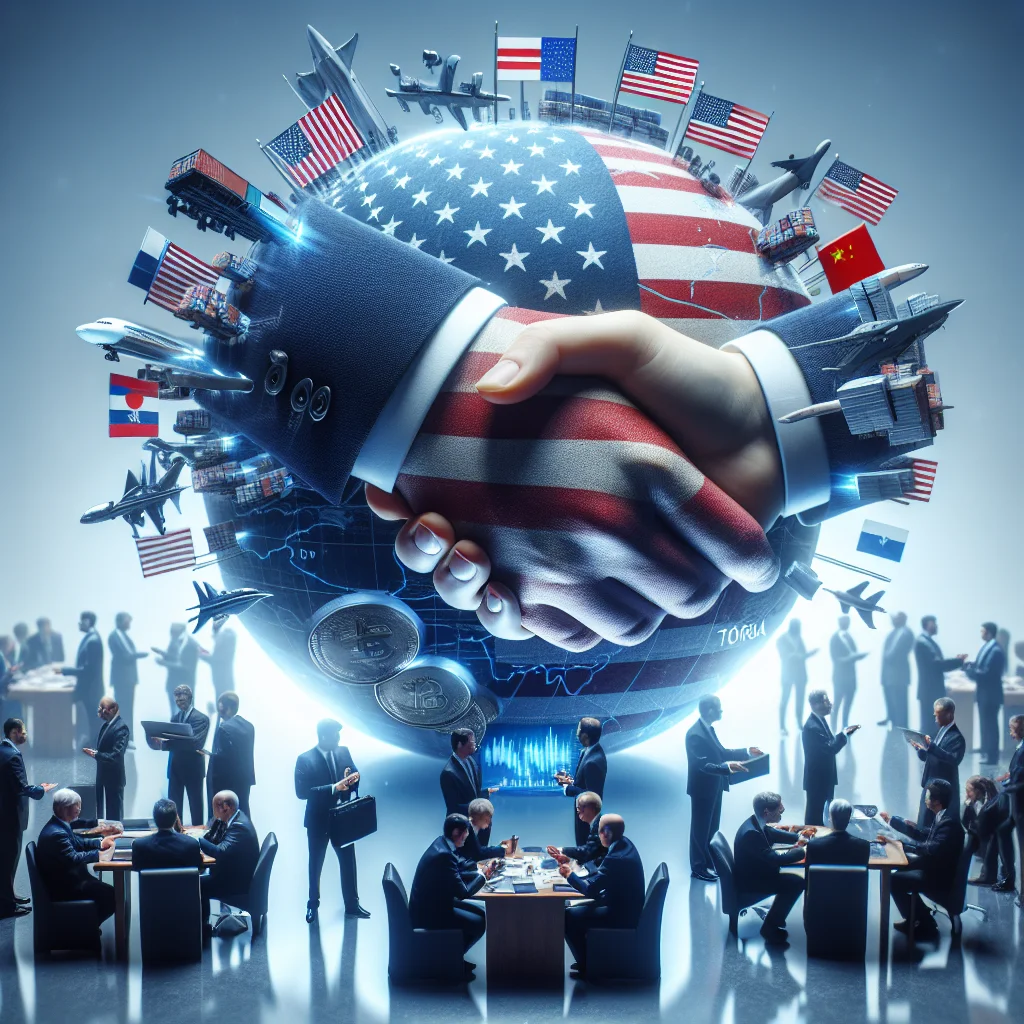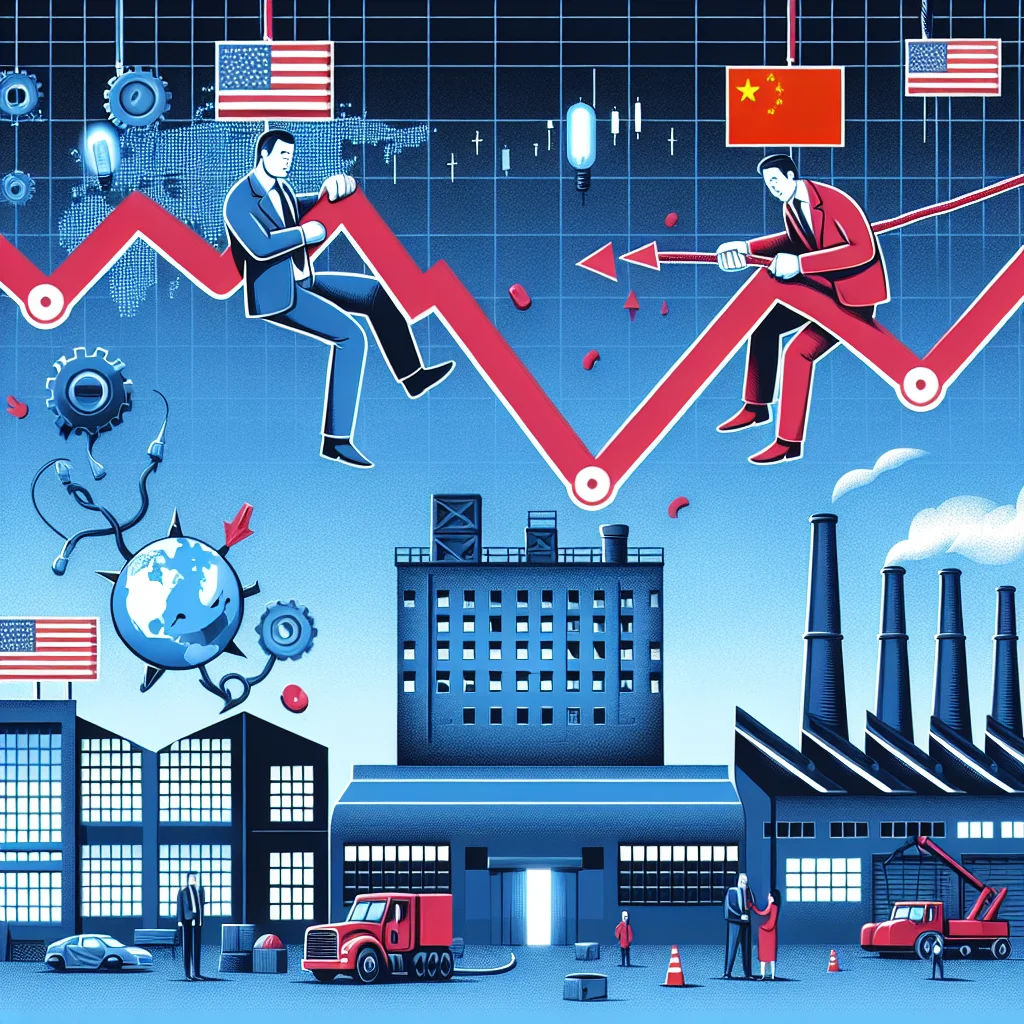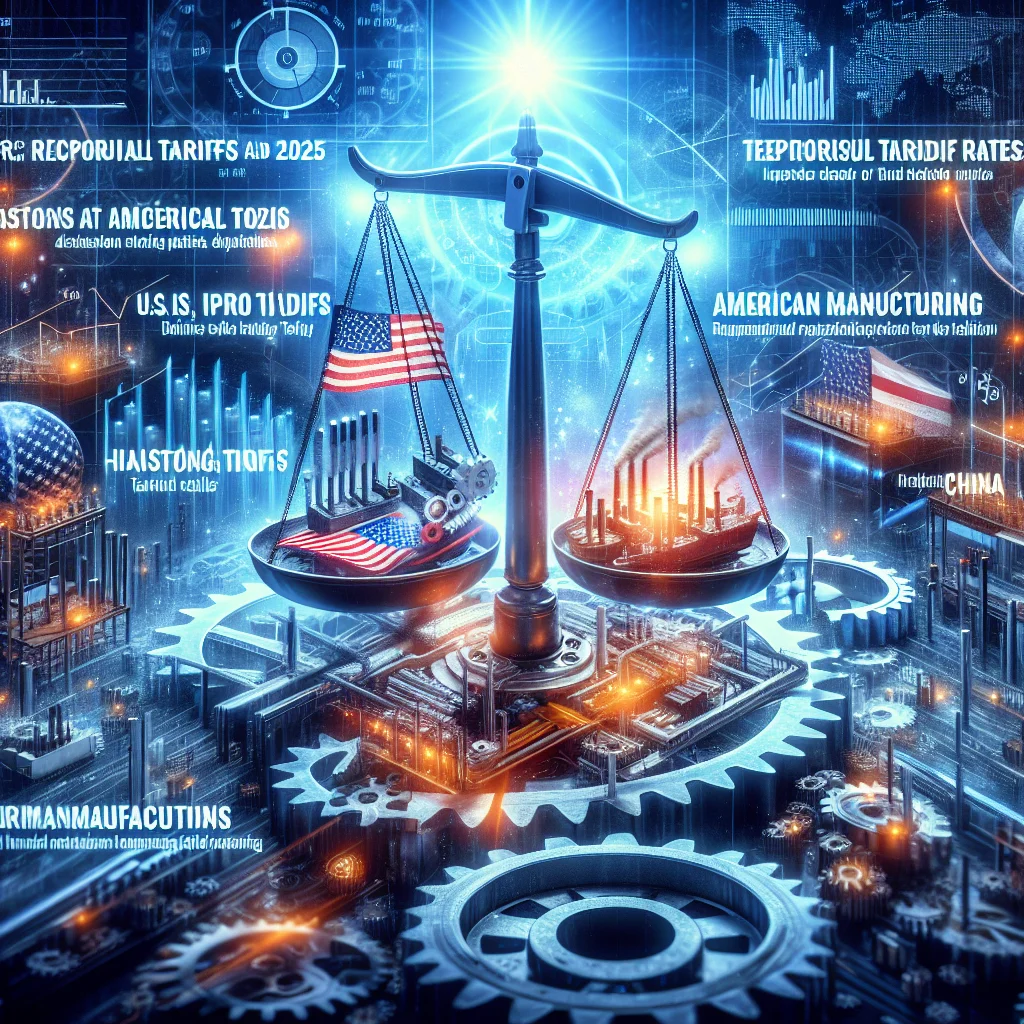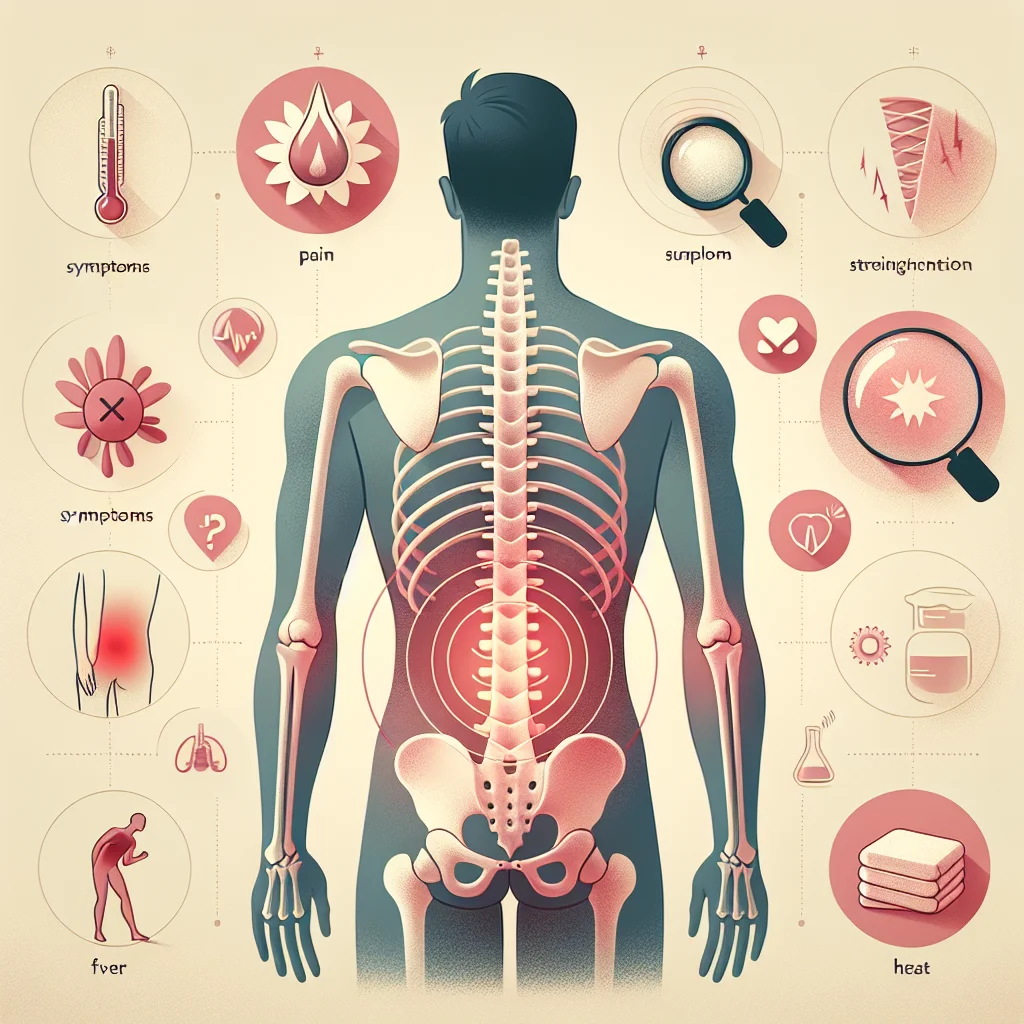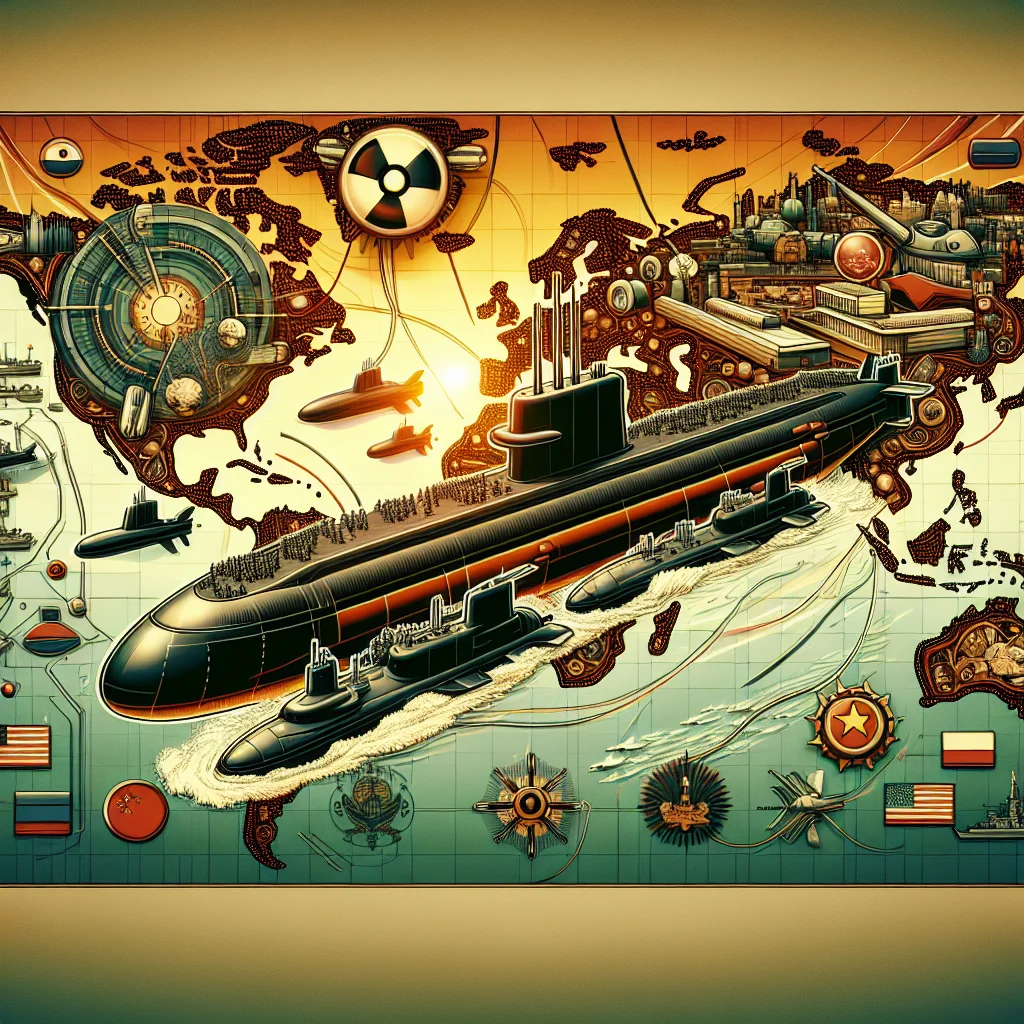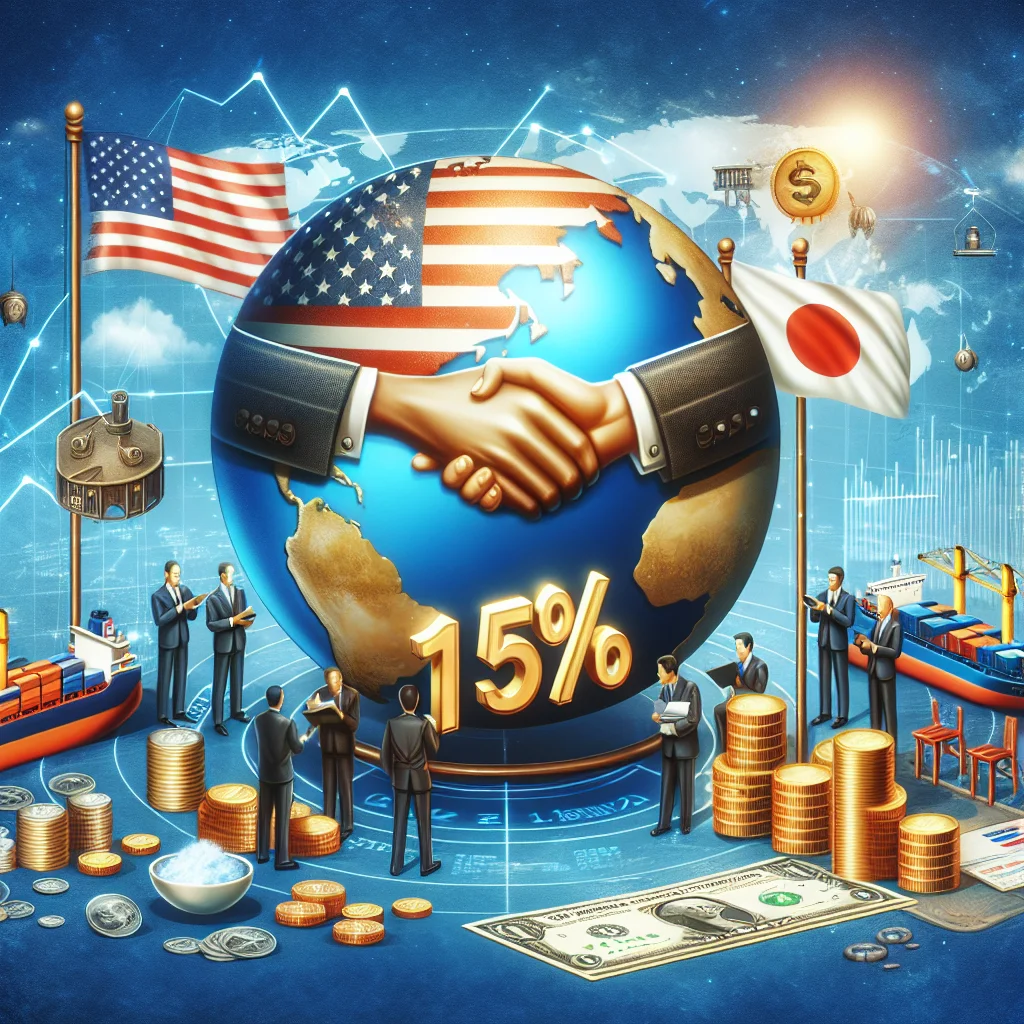
Historic Trade Agreement Unveiled Between U.S. and Japan
WASHINGTON, D.C. — Former President Donald Trump announced a sweeping new trade deal with Japan on Monday, introducing a 15% reciprocal tariff on goods exchanged between the two economic powerhouses. The agreement, described by Trump as “massive,” marks a significant shift in U.S.-Japan trade relations and is expected to impact a wide range of industries.
Key Features of the Deal
- 15% Reciprocal Tariffs: Both countries will impose a 15% tariff on imports from the other, covering sectors including automobiles, electronics, agricultural products, and consumer goods.
- Market Access: The deal aims to provide balanced market access and address longstanding concerns over trade imbalances.
- Technology and Intellectual Property: Provisions have been included to protect intellectual property and facilitate technology cooperation.
Impacts on U.S. and Japanese Industries
The automobile and technology sectors are expected to experience the most immediate effects. Japanese automakers with plants in the United States could face increased costs, while American agricultural exporters may encounter new challenges accessing Japan’s lucrative market. U.S. tech companies have also expressed concern over the potential for higher component costs.
On the other hand, supporters of the agreement argue that the tariffs will encourage domestic manufacturing and address the persistent U.S. trade deficit with Japan, which reached $67 billion in 2024, according to the U.S. Census Bureau.
Global Economic Reactions
The announcement sent ripples through global markets, with the S&P 500 declining 1.2% in early trading and the Nikkei 225 closing down 1.5%. Economists have raised concerns about the potential for inflationary pressures and supply chain disruptions, especially as global trade remains fragile after years of economic uncertainty.
The Japanese government has yet to release an official statement, but preliminary reports from Tokyo indicate that Japan is preparing to negotiate further details, especially regarding exemptions and sector-specific provisions.
U.S. Political Landscape
The trade deal comes as the 2026 midterm election cycle begins to heat up. Trump, who remains a central figure in the Republican Party, has positioned the agreement as a fulfillment of his longstanding pledge to renegotiate trade terms with major U.S. partners.
Democratic leaders have called for congressional hearings to assess the deal’s long-term impact on American consumers and industries. Labor unions and business groups are preparing policy responses and lobbying efforts.
What Comes Next?
Implementation of the tariffs is expected within 90 days, pending final legislative review in both countries. Industry experts and government officials will closely monitor the effects on trade flows, prices, and employment in key sectors.
For ongoing coverage and expert analysis on the U.S.-Japan trade relationship, follow our Business and Finance section.

